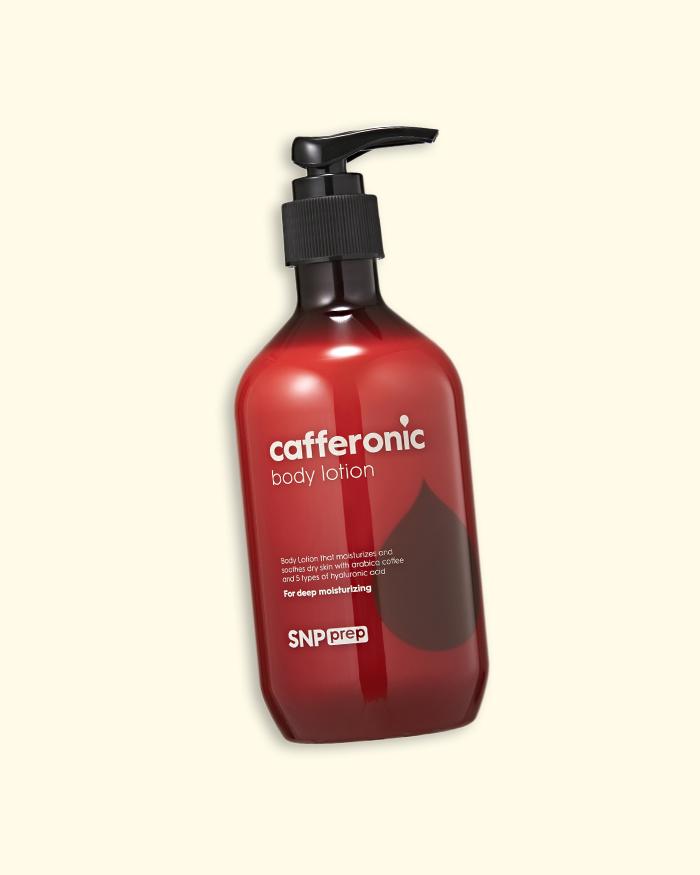Now that temperatures are dropping, you’re likely playing musical chairs with your skin care products. Below, two skin experts advise on the products you definitely want to keep in your rotation despite the change in season.
As the seasons change, so does our skin, but that doesn’t mean we have to change our entire skin care routine. Here, skin care professionals reveal the myths about winter skin care you shouldn’t believe and how to give your skin the TLC it needs all fall and winter long.
MYTH: You don’t need to wear sunscreen in the winter.
Whether it’s cloudy or sunny, the sun’s powerful UV rays can still damage your skin.
“UV rays do not have a temperature,” says celebrity esthetician and founder of Elina Organics Skin Care & Spas, Elina Fedotova. This means they can affect the skin regardless of how hot or cold it is outside.
Dermatologist and Arbonne scientific advisor Dr. Naissan O. Wesley M.D., FACMS also notes: “People often tend to go on sunny beach vacations in the winter and ski or do other winter activities at high altitudes, putting them at high risk for sunburn. It’s important to remember also that many sunscreens these days not only protect from UV light, but also from environmental pollutants which damage skin as well.”
RELATED: Your Guide to Winter Sun Protection
To keep your skin protected from sun damage during the winter months and beyond, Fedotova recommends using sunscreens that include zinc oxide in the formula (check out the Cocokind Daily SPF), since it is considered to be the most effective ingredient in protecting the skin from the sun’s rays.
MYTH: You shouldn’t exfoliate in the winter.
It’s no secret that skin is prone to dryness, flakiness and dehydration when exposed to the cold air outside and the heat indoors. You might be hesitant to exfoliate regularly at the risk of further stripping and drying out your skin, but in moderation, the step can still be beneficial.
Dr. Wesley says exfoliating once a week can be the key to allowing the rest of your skin care products to work effectively. “Exfoliating once a week can help prevent flaky build up and allow topical hydration to get to the skin more effectively,” she explains.
Try using a product that calms and hydrates as it exfoliates like the Isntree Clear Skin 8% AHA Essence, which contains glycolic and lactic acids, centella asiatica, and hyaluronic acid.
MYTH: You don’t need to moisturize your body if it’s covered in layers of clothes.
Just because your skin is shielded from the elements with clothes doesn’t mean that it doesn’t need additional hydration.
In fact, Dr. Wesley advises to take several precautions and additional measures in keeping your skin healthy and hydrated, which include avoiding hot showers, using soothing soaps, and applying lotion regularly. “Applying lotion to the body daily and within three minutes after bath or shower is good to help trap water content in,” she says. We recommend the SNP Cafferonic Body Lotion.
If you’ve yet to find the perfect moisturizer for your face, Dr. Wesley likes ingredients like ceramides to help retain moisture and aloe vera for a dewy, non-greasy finish (find it in the Good (Skin) Days™ On The Bright Side Moisturizer.) For more recommendations, check out our guide to moisturizers by skin type here.
+What’s your favorite winter skin care staple? Let us know below!

















